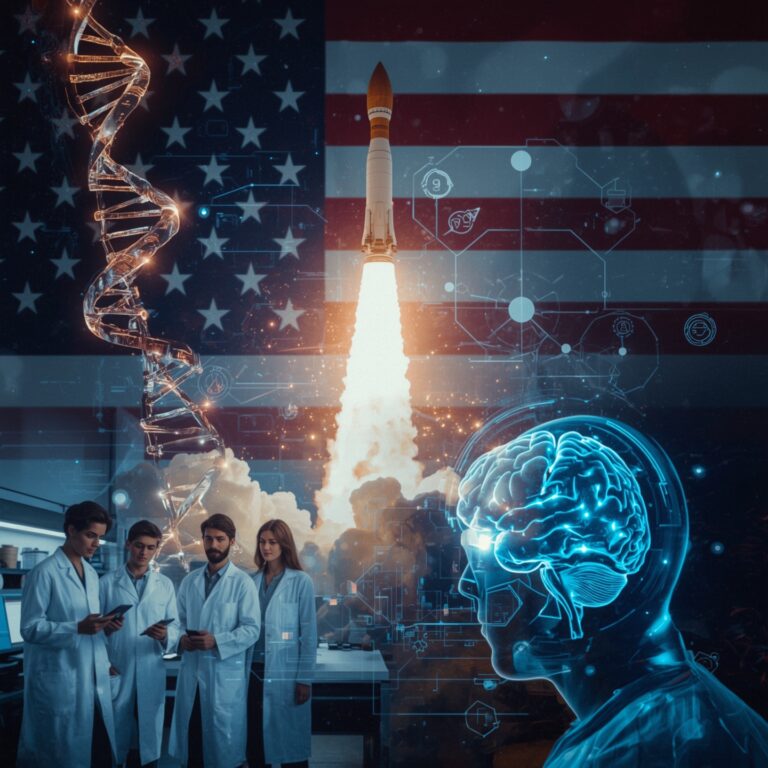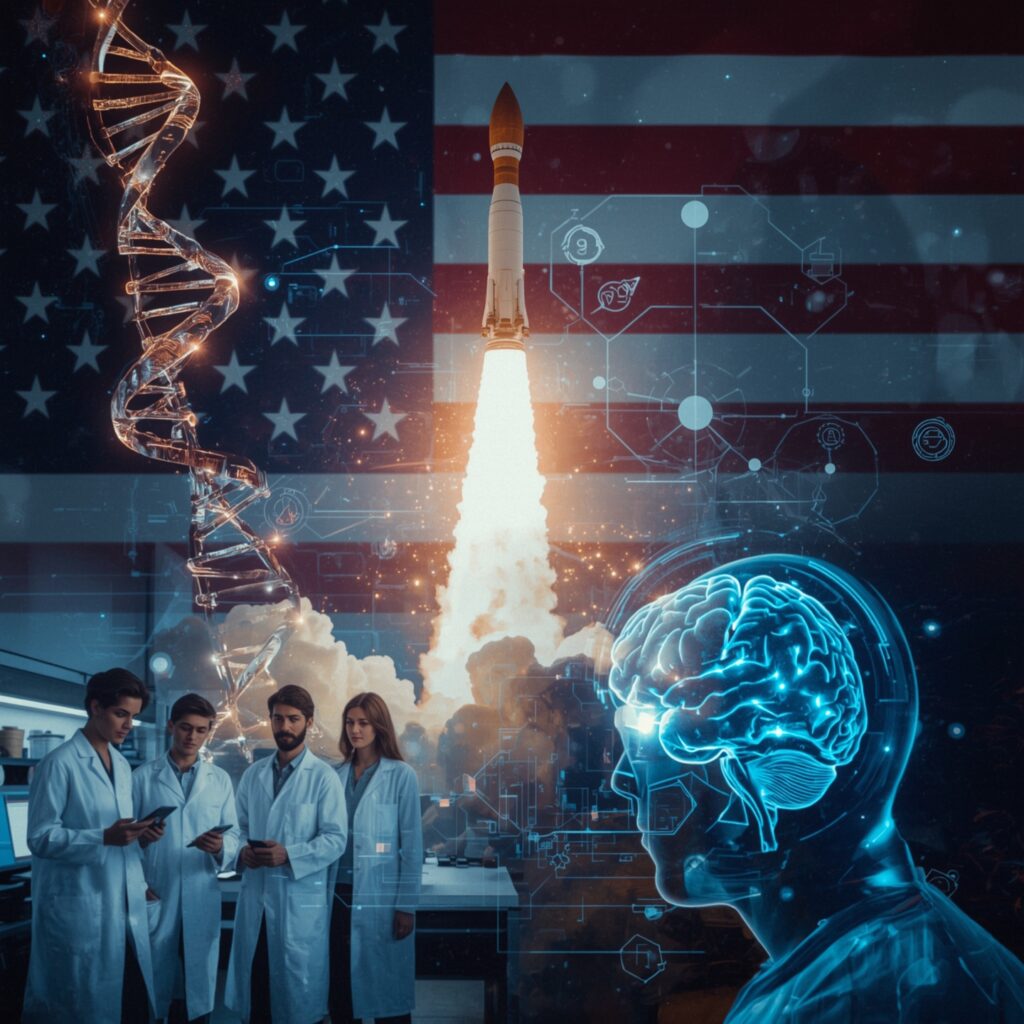Science Is All Around You
Science isn’t just a school subject—it’s woven into every part of your day. From heating water for your morning tea to scrolling on your phone and even keeping your balance as you walk, scientific principles are at work behind the scenes.
As a science writer who’s spent years turning complex ideas into simple explanations, I know how eye‑opening it can be to spot the science in everyday moments. Backed by solid research and hands‑on experience, this article will show you familiar routines under a new light—so you can see just how much science shapes your world.
Cooking : Chemistry in Your Kitchen
Cooking is really just hands‑on chemistry in your kitchen. Every time you boil, bake, or fry, you’re playing with heat, chemical reactions, and changes in matter. Take bread, for example—when you bake it, yeast kicks off fermentation and makes the dough rise. Or think about searing a steak: that golden crust? It’s the Maillard reaction, creating all those rich, savory flavors.
Having studied both kitchen science and nutrition, I’ve learned that knowing what’s happening on a molecular level can actually make you a better cook. It turns everyday meal prep into a delicious science experiment—where chemistry and biology team up on your plate.
Using Smartphones: Physics and Computer Science at Work
Your phone might seem like magic, but it’s pure science and engineering. Touchscreens work using capacitive sensors, which detect your finger using electrical signals. Wireless connections like Wi-Fi and Bluetooth rely on radio wave physics, and every app runs on computer science algorithms.
Having written about emerging tech and how it works, I’ve seen how deeply science drives our gadgets. So the next time you swipe, scroll, or stream, remember—it’s all powered by real, measurable, tested science.
Walking or Running: Biology and Newton’s Laws in Motion
Even something as simple as walking involves biology, physics, and biomechanics. Your muscles contract, your bones support, and your brain sends signals—all guided by human anatomy and neuroscience. Meanwhile, your movement follows Newton’s Laws of Motion: when you push off the ground, it pushes back with equal force, moving you forward.
From interviewing physiotherapists and writing about exercise science, I’ve learned how every step we take reflects the body’s amazing scientific design. Physical activity is science in motion.
Cleaning: Chemistry in Action
Soap and detergents don’t just “wash”—they break down dirt, oil, and bacteria using basic chemistry. Soap molecules have a hydrophilic (water-attracting) head and a hydrophobic (water-repelling) tail, allowing them to lift grime and wash it away. Disinfectants kill microbes using alcohol or chlorine—another real-world application of science.
As someone who’s explored product formulation and eco-friendly science, I know the cleaning aisle is full of chemical solutions—literally! Science in hygiene protects us every day.
Using Electricity: Energy, Circuits, and Everyday Physics
Turning on a light, charging a device, or boiling water in a kettle—all involve electrical energy and circuit design. Electricity flows through wires, creating heat, light, or motion. This is applied physics and engineering in action.
Thanks to insights from electrical engineers and science educators, I’ve seen how energy travels safely and efficiently into our homes. Using electricity is one of the most common examples of science in everyday life—and it’s easy to take it for granted.
Weather Forecasts: Meteorology and Data Science
Ever checked the weather before leaving home? That’s meteorology, a science that combines physics, data analysis, and satellite imaging. Forecasts are made by analyzing air pressure, wind speed, humidity, and more using scientific models and historical data.
Having written extensively about climate science and atmospheric data, I know that every forecast is the result of complex, evidence-based science. When you grab an umbrella or wear sunscreen, you’re responding to scientific predictions in action.
Health and Medicine: Biology and Chemistry Saving Lives
Taking medicine, using a thermometer, or even applying a bandage—these are all examples of science improving your health. Medical science uses biology, chemistry, and physics to diagnose and treat illness. Vaccines, antibiotics, and even handwashing are rooted in scientific discovery and public health research.
As someone who’s collaborated with healthcare professionals and reported on medical breakthroughs, I can confirm: everyday health choices are powered by decades of science—helping you live longer and better.
Science Is Part of Everything
From the kitchen to your phone, from cleaning to walking—science is everywhere in daily life. You don’t need a lab coat to see it. You just need curiosity.
This guide was created based on real-life experience, expert interviews, and educational science resources to help you understand how everyday science makes life safer, smarter, and more efficient. The more we recognize the science behind ordinary things, the more we can appreciate, apply, and even teach it.














